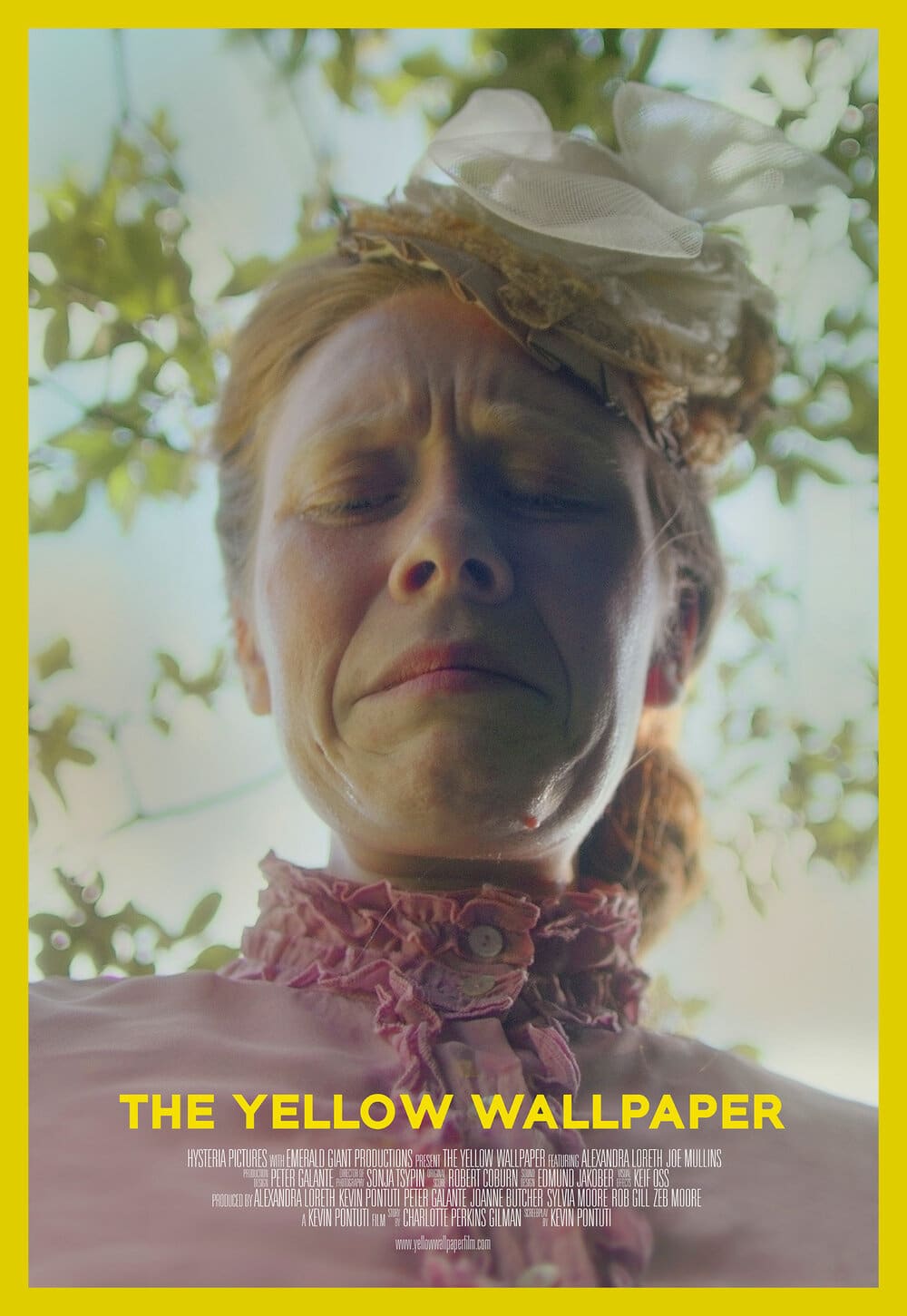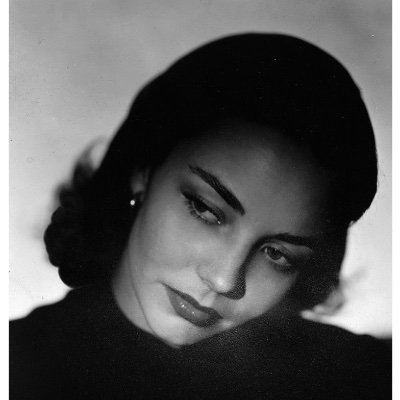
- Starring
- Alexandra Loreth, Joe Mullins, Jeanne O'Connor
- Writers
- Alexandra Loreth, K. Pontuti
- Director
- K. Pontuti
- Rating
- n/a
- Running Time
- 99 minutes
- Release Date
- June 7th, 2022
Overall Score
Rating Summary
Charlotte Perkins Gilman wrote The Yellow Wallpaper at a time when it was generally accepted that women were mentally ill if they exhibited sexually forward behavior or pushed back against societal boundaries. Throughout the nineteenth century, it was one of the most commonly diagnosed disorders and doctors chose to treat patients in an incredibly cruel manner. Misogynistic beliefs certainly played a role in shaping the conclusions drawn by medical researchers and, to this day, women live in fear of being called hysterical. One wishes that the concerns that Gilman addressed back in 1892 were no longer relevant, but the text continues to resonate with women who feel as though they have been robbed of their agency by male authority figures.
Gilman’s prose does not automatically lend itself to a cinematic adaptation, as she largely focuses on the inner life of her protagonist. This approach is effective because the protagonist has been robbed of the opportunity to do anything other than sitting alone with her thoughts in a poorly lit room. However, it’s difficult to replicate that effect in an audiovisual medium. Director Kevin Pontuti gets around this problem by literalizing some of the metaphorical content found in the text. He transforms The Yellow Wallpaper into something visceral and stomach churning, whilst not falling into the trap of sticking too close to the basic tenets of the source material.
In Pontuti’s film, Jane (Loreth) is presented as an upper class housewife trapped in an unhappy marriage to John (Mullins). They are wealthy and socially prominent but her husband and several medical professionals claim that she suffers from hysteria and should not be allowed to socialize with friends or perform menial tasks. She is placed in a room decorated with yellow wallpaper and told that she needs to rest for hours on end. The members of her family prevent her from chasing after any intellectual pursuits and she is expected to return to serving as a housewife after she recovers from her bout of hysteria. She becomes so detached from the world around her that she begins to convince herself that there is a woman trapped behind the yellow wallpaper. Over time, she becomes increasingly obsessed with this subject and starts to develop a real mental disorder.
The film ends up feeling like less than the sum of its parts, as a result of the fact that all of the individual elements of the production do not work in concert to create a disorientating effect. When considered on its own terms, Robert J. Coburn’s score is eerie and unnerving. When combined with Sonja Tsypin’s lush visual compositions, it comes across as overbearing. The fragile beauty conveyed in shots of Jane desperately trying to connect with nature is enough to bring the audience to tears. They don’t need to receive any additional emotional manipulation in order to get to a point where they sympathize with Jane. It’s clear that all of the craftspeople who worked on the film are highly skilled and had a very distinctive vision for the film but the cumulative effect of their efforts becomes overwhelming when everything is finally brought together.
Perhaps it was inevitable that this would end up becoming a heavy, unwieldy picture that lacked the light touch that the short story possessed. Gilman’s prose crept up on the reader and it was easy to let her lull you into submission while she worked her quiet magic in the peripheries of your mind. Pontuti has to take a more direct approach and faces a more significant struggle in attempting to misdirect the audience. There are times when passages that play out beautifully on the page just don’t function successfully as scenes in a film, but there is also something to be said for the fact that Pontuti and Loreth’s screenplay is never thuddingly obvious.
It comes through with a couple of nifty surprises and feels rooted in the social conventions of the Gay Nineties without alienating modern viewers. They employ very little dialogue and this sets the scene for what the rest of the movie is like. Loreth compensates for the lack of discussion with her skillful performance. She manages to encourage viewers to slowly tease out the meaning behind every enigmatic shot of her obsessively gazing at the wall. As both a screenwriter and an actress, she brings the film to life and never appears to be in conflict with the demands placed upon her by the nature of the story.
In the end, The Yellow Wallpaper bounds into the video market without the flashy appeal of other independent films that consider similar subjects but this shouldn’t put anyone off. This is not a made for television drama that ambles on at an unbearably slow pace. It’s an inspired telling of an oft-told tale and most viewers will be able to relate to the anxiety and dread that Jane feels.
still courtesy of Mutiny Pictures
Follow me on Twitter.
If you liked this, please read our other reviews here and don’t forget to follow us on Twitter or Instagram or like us on Facebook.

I am passionate about screwball comedies from the 1930s and certain actresses from the Golden Age of Hollywood. I’ll aim to review new Netflix releases and write features, so expect a lot of romantic comedies and cult favourites.
Discover more from
Subscribe to get the latest posts sent to your email.
